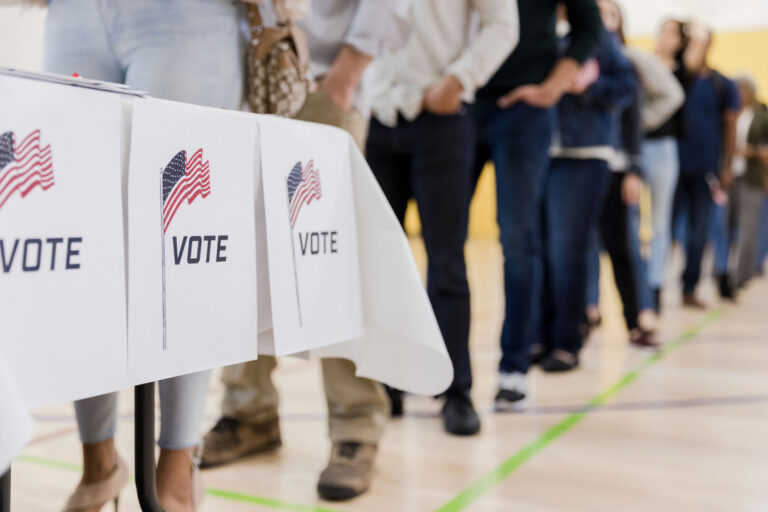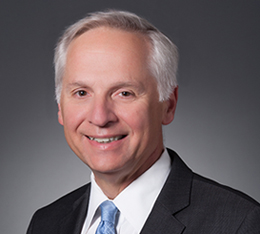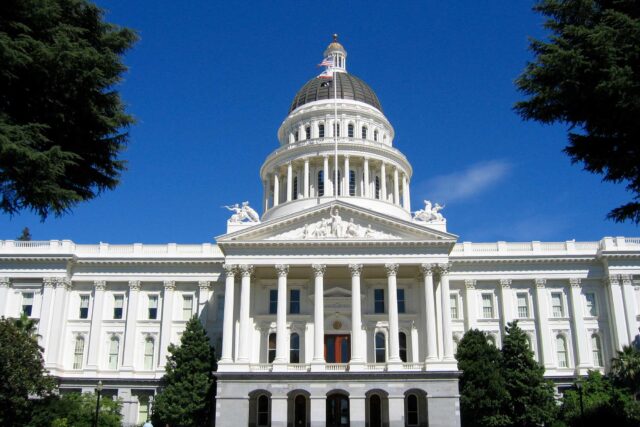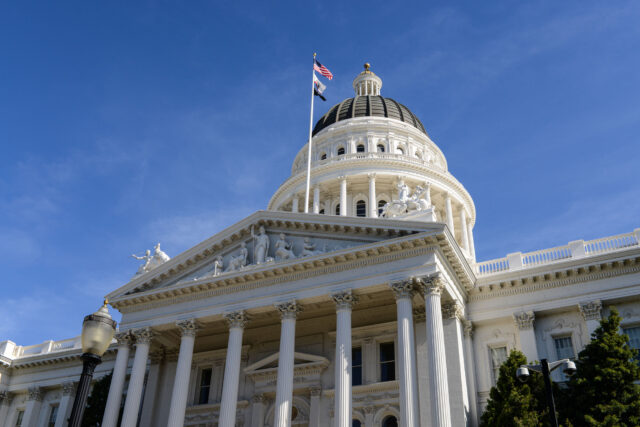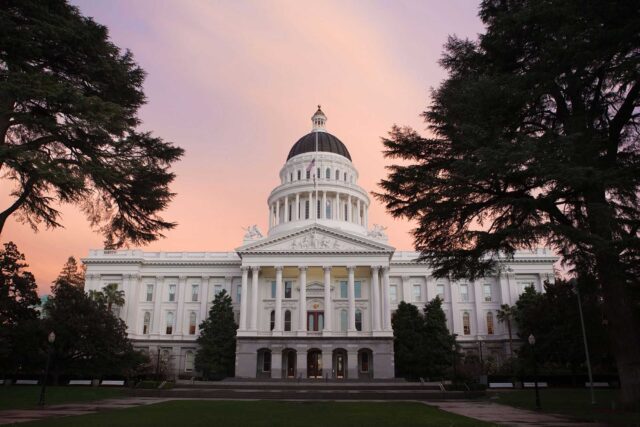The decision to recall Governor Newsom is now officially in the hands of California’s voters. California’s lieutenant governor has declared that the recall election will be held on Tuesday, September 14. This sets the stage for a mad scramble by the campaigns to get out the vote and ensure that their political base will participate in this statewide special election. A key question in this effort: how enthusiastic is the electorate?
The March and the May PPIC surveys both found that 40% of California likely voters would vote yes on the recall of Governor Newsom—falling short of the majority needed to remove him from office. But elections are ultimately determined by the voters who actually cast their ballots. In those same March and May surveys, the likely voters who wanted to remove Governor Newsom were much more interested in the recall than those who wanted to keep him in office. If the governor’s supporters remain less engaged in the upcoming election, then the recall could end up being closer than the polls to date have indicated.
Our initial read on voter engagement is based on this PPIC survey question: “How closely are you following the news about the effort to recall Governor Newsom from office—very closely, fairly closely, not too closely, or not at all closely?” The results for California likely voters were similar in our March (20% very, 43% fairly) and May (21% very, 41% fairly) surveys. In total, about two in ten are “very closely” and four in ten are “fairly closely” watching the news about the governor’s recall. Notably, we did not see growing interest in the news about the recall election during the spring.
When we combine these nearly identical results from the March and May surveys, we see early and consistent signs of an enthusiasm gap that could help shape the outcome of this special election. First, we find a 15-point gap between those who want to remove Governor Newsom (27% very, 46% fairly) and those who want to keep him (17% very, 41% fairly) among the share of likely voters who are closely following the news about the recall effort. Second, given the role of partisanship in the recall effort, it is not surprising that there is a similar 15-point gap between Republican likely voters (26% very, 47% fairly) and Democratic likely voters (17% very, 41% fairly) when it comes to closely following the news about the recall.

In a similar vein, there is a 10-point margin between the California likely voters who disapprove of Governor Newsom (25% very, 45% fairly) and those who approve of him (18% very, 42% fairly) when asked how closely they are following the news about the effort to recall the governor from office.

Regional and demographic differences among California likely voters are an important part of the evolving story. Across the regions, Central Valley likely voters (24% very, 45% fairly) are the most likely and San Francisco Bay Area likely voters (16% very, 43% fairly) are the least likely to say they are closely following the recall election news. Across racial/ethnic groups, whites are the most likely (20% very, 47% fairly) and Asian Americans are the least likely (18% very, 29% fairly) to be closely following the news. In addition, the share who are closely following the recall election news rises as age, income, and homeownership increase. In total, these differences reflect partisanship and heightened interest among the state’s higher-propensity voters.
Both proponents and opponents of the recall effort face a relatively challenging environment, clearly evident if we compare this year to some past elections. About nine in ten California likely voters were closely following the November 2020 presidential election news last fall (53% very, 34% fairly in the September 2020 PPIC survey; 58% very, 34% fairly in the October 2020 PPIC survey). This was right before a general election with very high turnout (81% voters, 71% eligible adults). During the 2003 governor’s recall, about nine in ten California likely voters were following election news in the August 2003 PPIC survey (45% very, 44% fairly) and in the September 2003 PPIC survey (49% very, 43% fairly). This special election also garnered high turnout (61% voters, 43% eligible adults). Given the much higher rates of attention to election news in the past, potential exists for low turnout in this year’s recall.
Californians’ engagement in the governor’s recall has consequences beyond its political implications. Voters have been asked to weigh in on a policy change brought to the ballot box by fellow citizens. Whether voters making key ballot choices are representative of the state’s diverse population is an ongoing concern. This year, the state’s direct democracy system is facing one of the biggest tests in its 110-year history. Will large and diverse numbers of the state’s voters rise to the occasion and participate in the recall election? The answer is critical to California’s future.

